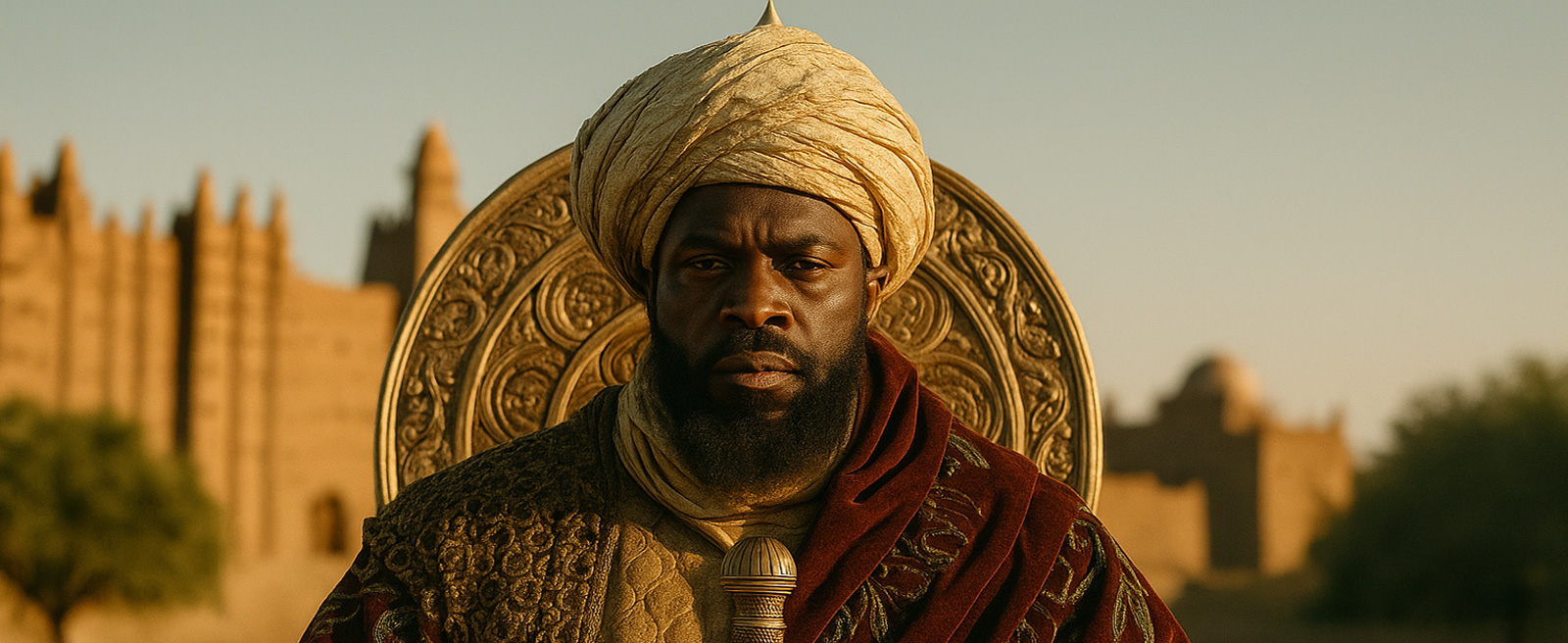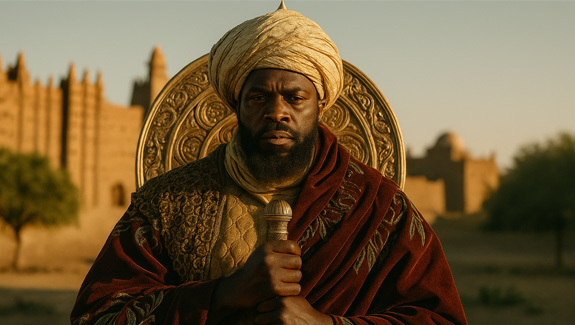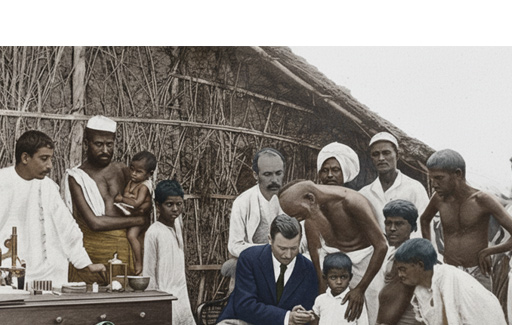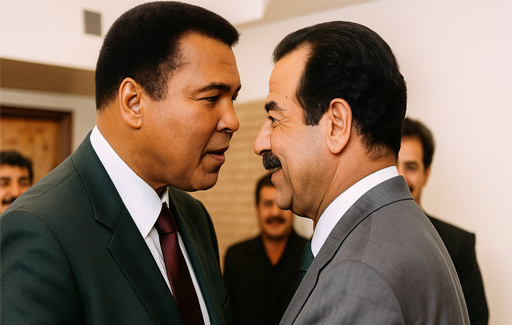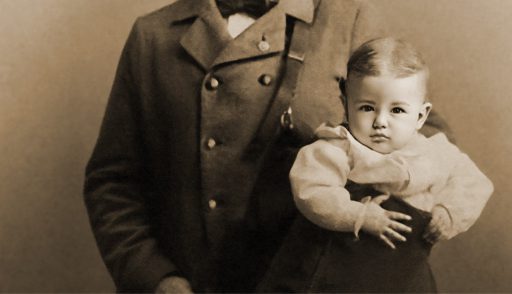When we think about the richest people in history, most lists kick off with names like Elon Musk, Jeff Bezos, or Bill Gates. But way before any of them even existed, there was a guy whose wealth was so huge it shook up entire economies. His name was Mansa Musa, and he was in charge of one of the most powerful empires in West Africa back in the 14th century.
You might not find his name in most schoolbooks, but a lot of people agree that Mansa Musa is the richest person ever recorded. His tale isn’t just about gold and power; it’s also about vision, culture, education, and leaving a legacy.
Who Was Mansa Musa?
Mansa Musa was the emperor of the Mali Empire, located in West Africa. He ruled from 1312 to 1337. During his time, Mali became one of the wealthiest and most influential empires around. The area was rich with natural resources, especially gold, which was super valuable back then.
Mali played a key role in the trans-Saharan trade network, linking the gold mines in West Africa to markets in North Africa, the Middle East, and Europe. Mansa Musa took advantage of this and used it to boost his empire’s wealth, ramp up trade, and strengthen its political power across the continent.
The Epic Pilgrimage That Shook the World
One of the most famous events in Mansa Musa’s life was his pilgrimage to Mecca in 1324. As a devoted Muslim, he set off to complete the Hajj, which is a sacred journey every Muslim should take. But unlike most pilgrims, Mansa Musa’s trip was a display of wealth like no one had ever seen before.
He traveled with a caravan of more than 60,000 people, including soldiers, officials, servants, and entertainers. Hundreds of camels were loaded with over 1,000 pounds of pure gold. Along the way, he gave gold to the poor, bought goods at inflated prices, and built mosques wherever he went.
In places like Cairo, his generosity flooded the economy with so much gold that it caused inflation and made the currency drop in value for over a decade. His name and immense wealth became legendary across Africa, the Middle East, and parts of Europe.
By the time Mansa Musa left the Middle East, he had put so much gold into circulation, its value fell sharply. A reporter in the service of the Egyptian sultan reported that the Cairo gold market had been so saturated that it still had not fully recovered twelve years after Mansa Musa’s fabulous hajj.
Patricia C. McKissack, The Royal Kingdoms of Ghana, Mali, and Songhay: Life in Medieval Africa
A King Who Invested in Culture and Knowledge
After his pilgrimage, Mansa Musa returned to Mali with a newfound mission. He wanted to turn his empire into a worldwide hub of learning and Islamic culture. He brought back scholars, architects, and artists from places like Egypt and Andalusia.
One of his biggest contributions was developing Timbuktu, which became a key center for education and trade. He funded the building of mosques, universities, and libraries, including the famous Djinguereber Mosque and the University of Sankore. These places drew in scholars from all over the Islamic world and helped keep important texts and knowledge alive.
Under Mansa Musa’s reign, Timbuktu became one of the most respected and visited centers for intellectuals in the world.
How Rich Was Mansa Musa?
Trying to put a number on Mansa Musa’s wealth is nearly impossible. Historians and economists have taken a stab at it, with many saying his fortune could be over $400 billion today. That’s more than any billionaire on today’s Forbes list.
His wealth didn’t just come from gold but also from his control over big trade networks, fertile land, and solid diplomatic ties. His fortune was so immense that many chroniclers back then described it as beyond measure.
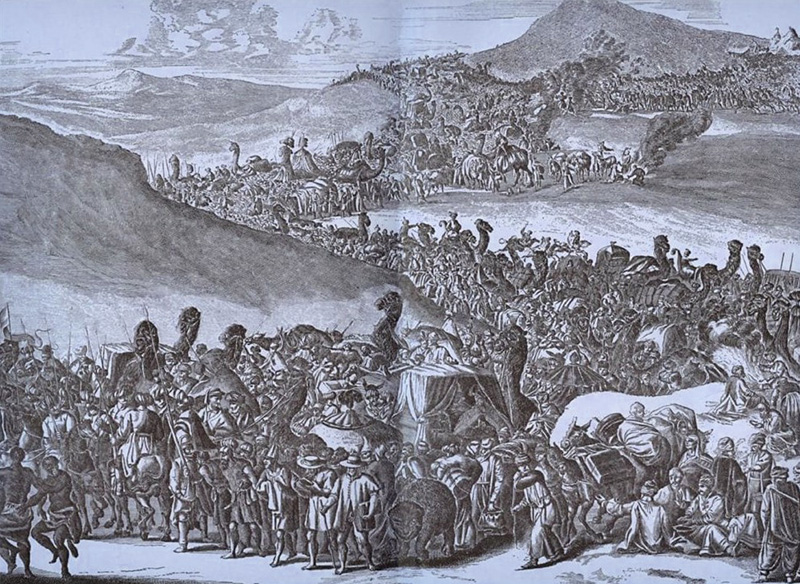
Why Mansa Musa’s Legacy Matters Today
Mansa Musa’s story is important not just because he had a ton of money. His legacy shows us that Africa was a major player in world history long before colonial times. His empire demonstrated how economic strength, cultural investment, and education can work together.
His contributions helped shape African and Islamic civilizations and challenged the stereotypes about Africa’s historical role and its capacity for wealth, leadership, and innovation.
In today’s talks about wealth and influence, Mansa Musa stands as a powerful example of a leader who used his resources to build a better society and invest in learning while supporting his people.
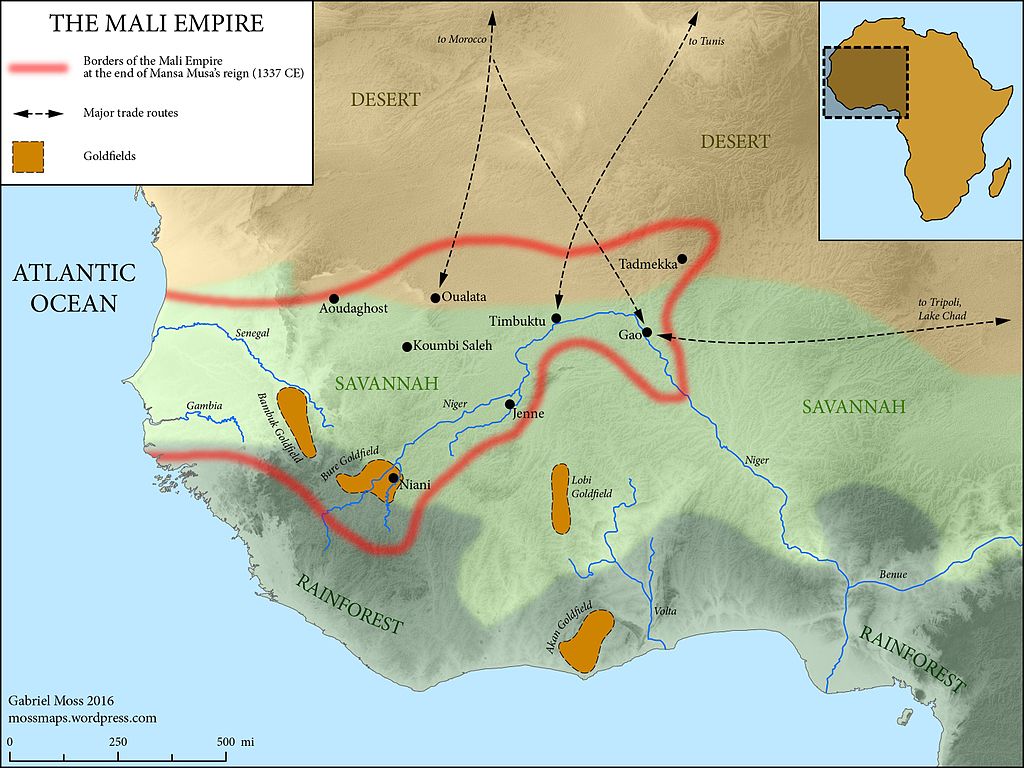
Final Thoughts on Mansa Musa
Mansa Musa wasn’t just the richest man ever; he was a visionary leader who used his power to uplift his empire and spread knowledge across continents. His story is one of ambition, faith, generosity, and brilliance.
Even though he lived more than 700 years ago, the lessons from his life still hold true today. True wealth isn’t just about how much you’ve got; it’s about how you use it to make a lasting impact.


